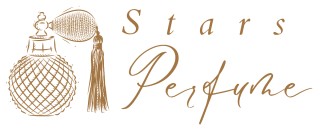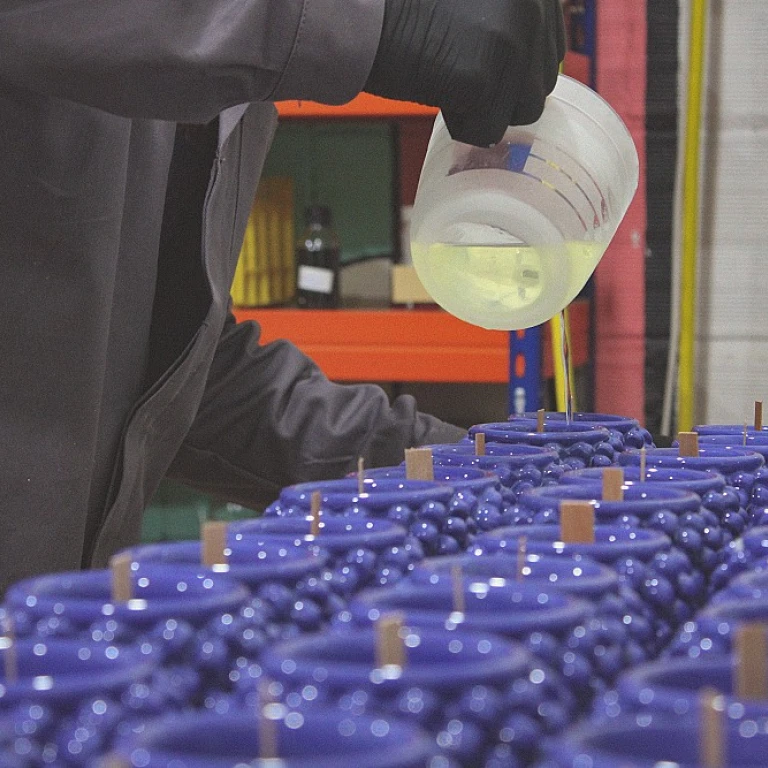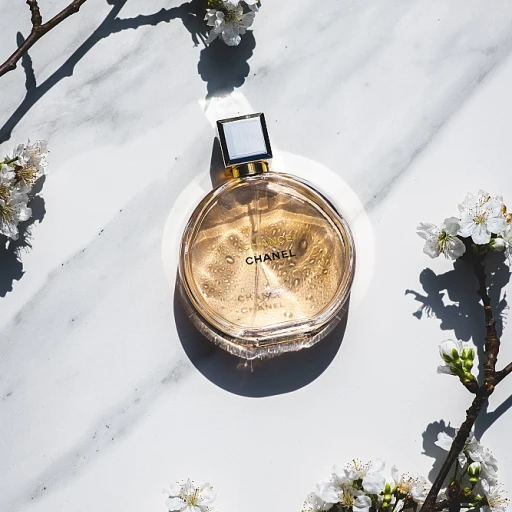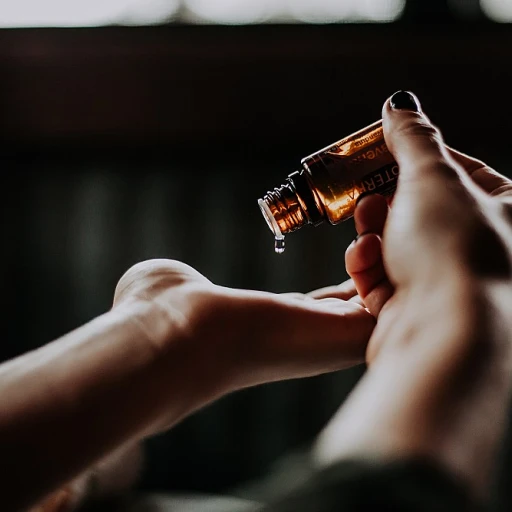
Did you know that the earliest examples of perfume-making and raw materials are traced back to several ancient Asian civilizations? Let’s raise a toast to our olfactory senses as we delve into the intricate and fascinating history of Asian perfumery.
The Mythical Roots of Oriental Scents
Oriental scents have a mystique that is as old as civilization itself. From ancient texts, we know that Asian cultures like Chinese, Indians and Mesopotamians were dab hands at making fragrances. Perfume-making was considered a divine art. Embark on this sensory voyage, and you might just find that your favourite scent has roots dating back to the cradle of civilization!
Originators of the Ethereal: The Chinese and Indian Civilizations
The Chinese used herbs and burning incense to communicate with the gods. They believed certain scents could influence the divine. India, on the other hand, attached fragrances to their daily worship rituals. Aromatic ingredients like sandalwood, jasmine, and rose were distilled to extract their quintessential oils. The Indian royalty even believed that a truly powerful perfume could help them on their journey towards spiritual enlightenment.
Sensual Indulgence: The Mesopotamians
The Mesopotamians experimented with diverse natural ingredients to produce an array of scents and oils. A favourite among nobility and courtiers, these magical concoctions were as much about sensuality as they were about spirituality.
The Spicy Scent Trail: Journey through Persia and the Arab World
The Persians and the Arabs took the art of perfume-making to dizzying heights. They used innovative distillation methods to preserve plant extracts, thus paving the way for modern perfume-making techniques. Famously known for their spiced scents, they introduced fragrances like ambergris and musk to the ever-growing scent palette.
Moving West: The Influence of Asian Perfumery on European Scents
With the rise of trade routes, eastern scents began to waft into European noses. These rich, complex aromas left a deep impact on European perfume-making techniques. Asian scents influenced not just the 'nose' of perfumers, but even inspired the flamboyant perfume bottle designs in Europe.
In a bit of sweet irony, we can safely conclude, much like spicy Asian cuisine tantalizes the global palate, Asian aromas have the world under their scent spell.
References
- Classen, C., Howes, D., & Synnott, A. (1994). Aroma: The cultural history of smell. London: Routledge.
- Larsson, M. (2016). Scent and sensibility: olfaction, sense-making, and meaning attribution. Emotion Review, 8(3), 231-237.
- Stoddart, M. (2011). The scented ape: The biology and culture of human odour. Cambridge University Press.



